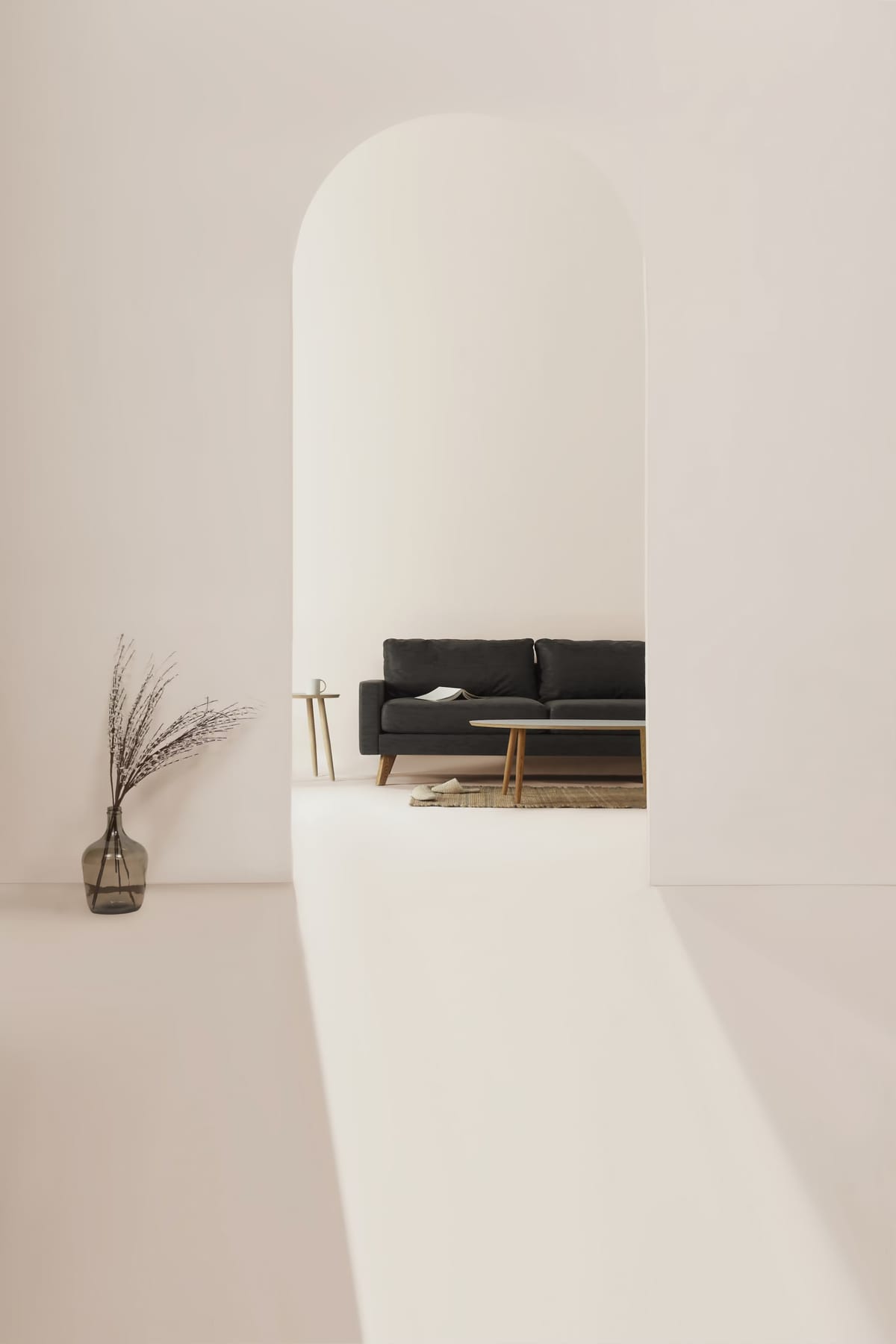Exploring how minimal interior design creates spaces of tranquility and purpose. This article delves into the essence of minimalism in interiors and its impact on contemporary lifestyles.
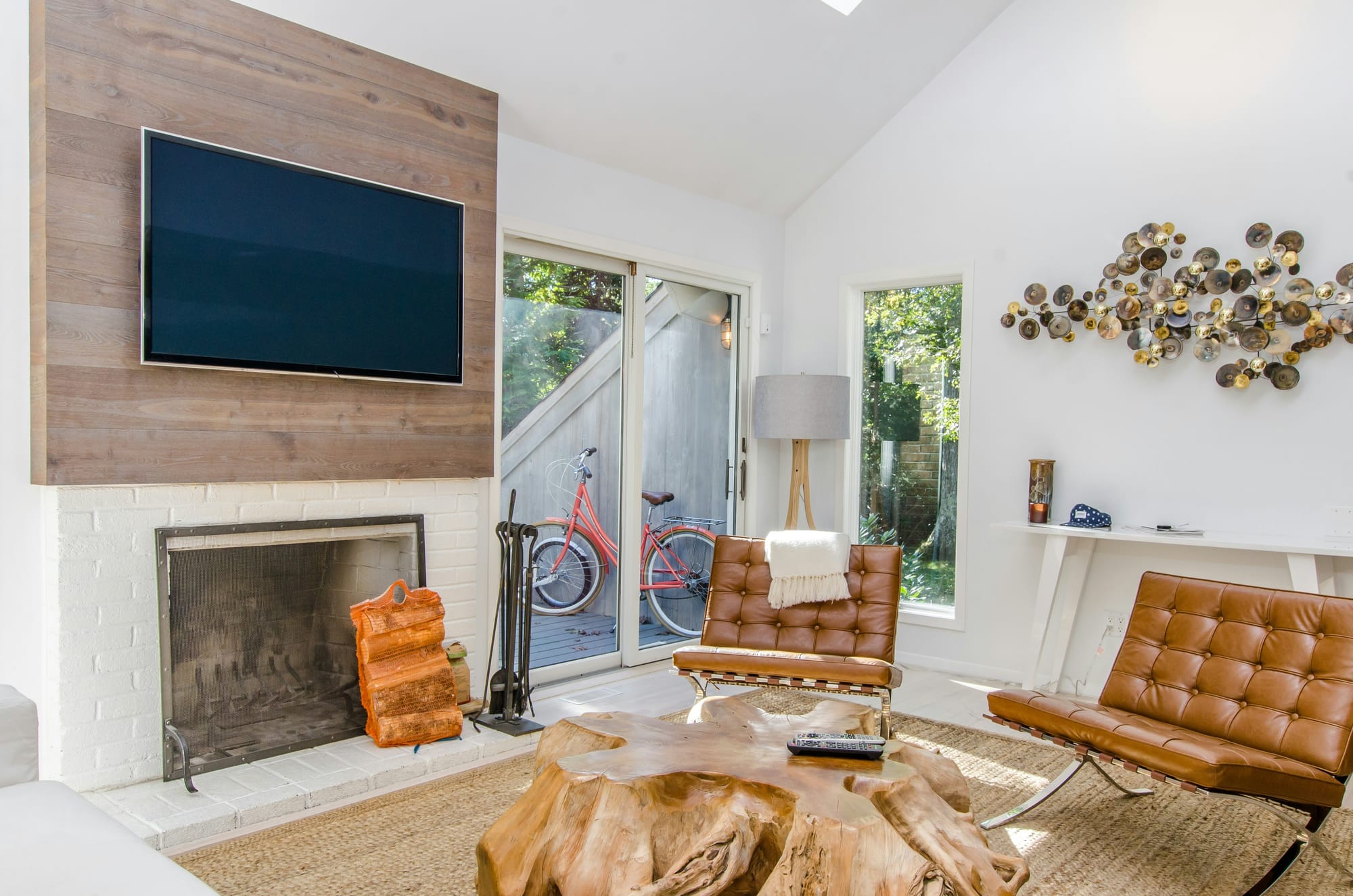
In an age where life is increasingly hectic, minimal interior design offers a sanctuary of simplicity and calm. Stripping away the non-essential, minimalism focuses on functionality, clean lines, and a monochromatic palette to create spaces that breathe. This design philosophy is not just about aesthetics; it's a lifestyle choice that emphasizes mindfulness and intentional living.
The Essence of Minimal Interior Design
At its core, minimalism in interiors is about "less is more." By eliminating clutter and focusing on essential elements, spaces become more open, airy, and inviting.
"Minimalism isn't about having less for the sake of it; it's about making room for more of what matters," explains Lisa Chen, an interior designer known for her minimalist projects. "When a space is free from unnecessary distractions, it allows the occupants to live more fully and mindfully."
Materials play a crucial role in minimal interiors. Natural textures like wood, stone, and concrete add warmth and depth without overwhelming the senses. Neutral color schemes enhance the feeling of tranquility, while strategic use of light amplifies the sense of space.
Architect John Stevens emphasizes the importance of light: "Natural light is a key element in minimal design. It not only illuminates but also brings life into the space, creating a dynamic environment that changes throughout the day."
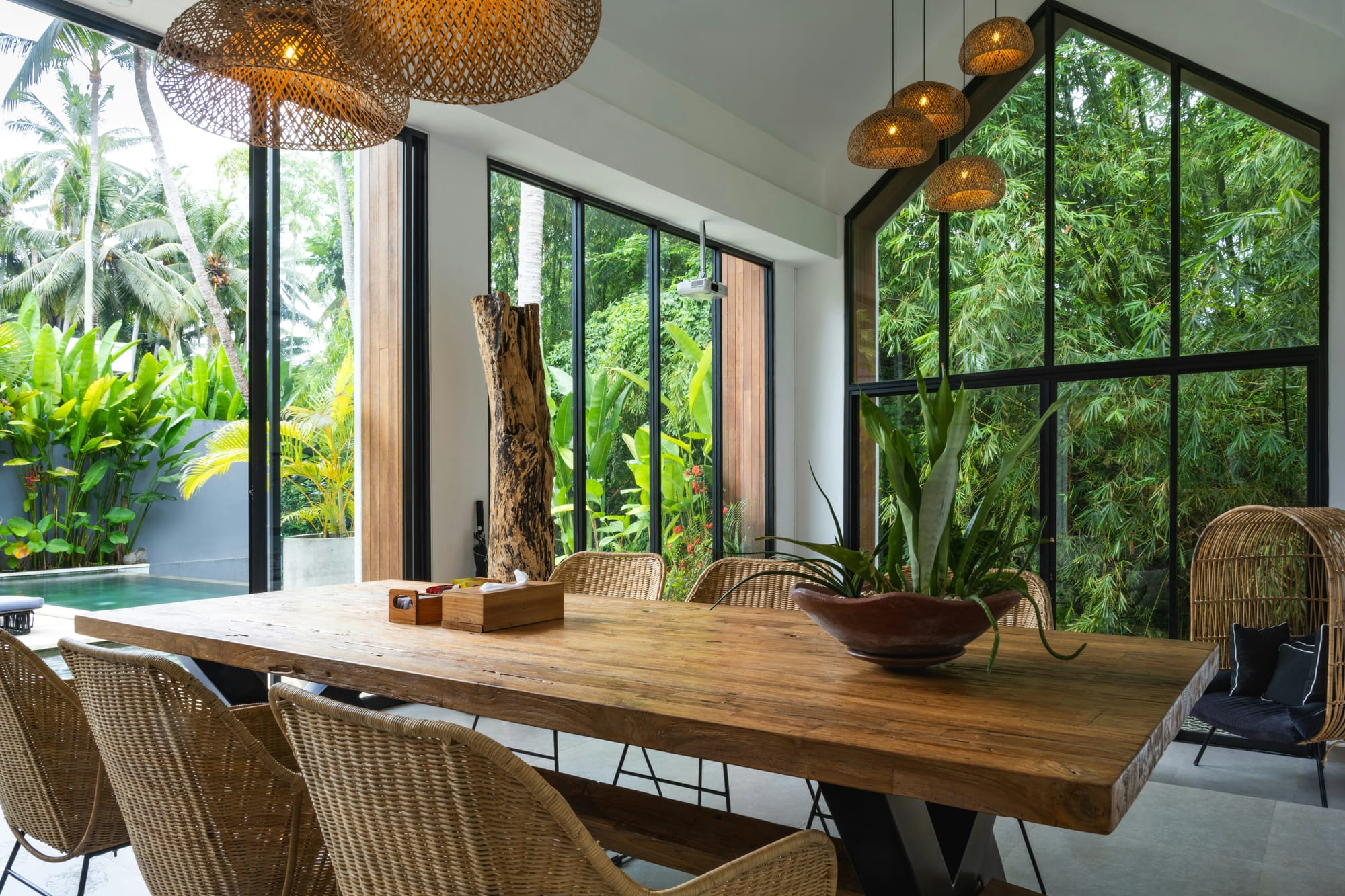
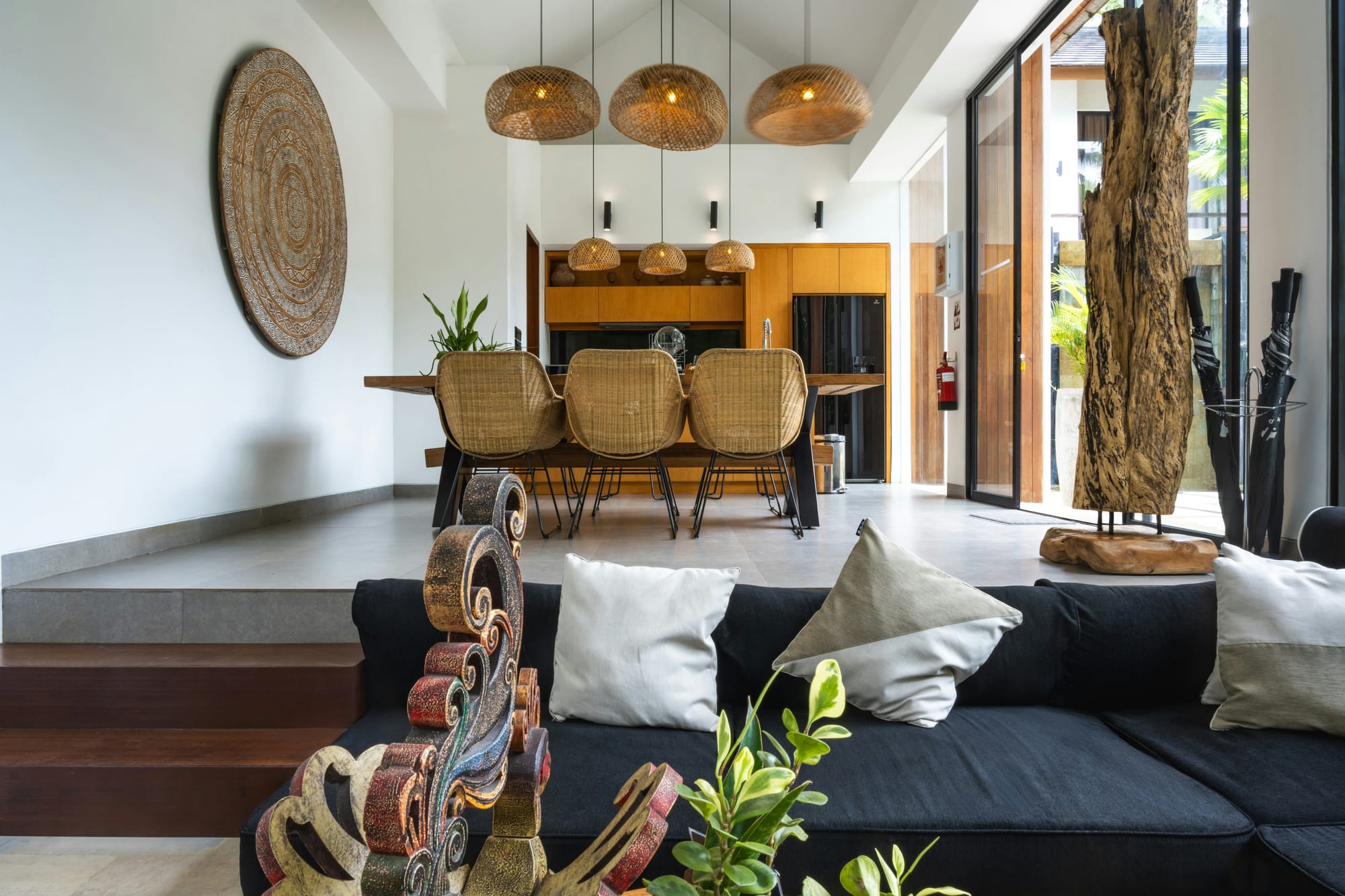

Photos by multiple authors - on Unsplash
The Impact on Well-being and Lifestyle
Minimal interiors are more than just visually appealing; they have a significant impact on mental and emotional well-being.
"Living in a clutter-free environment reduces stress and anxiety," says Dr. Emily Hart, a psychologist specializing in environmental psychology. "It promotes clarity of thought and can even enhance productivity."
The minimalist approach encourages individuals to be intentional with their possessions, fostering a deeper appreciation for the items they choose to keep.
"Every piece in a minimalist space has a purpose and a story," notes Marie Kondo, author and organizing consultant. "This mindfulness transforms the way we interact with our homes and, by extension, our lives."
Moreover, minimalism aligns with sustainable living. By focusing on quality over quantity, it reduces consumption and promotes the use of eco-friendly materials.
Interior designer Alex Martinez adds, "Sustainability and minimalism go hand in hand. Choosing durable, timeless pieces means less waste and a smaller environmental footprint."
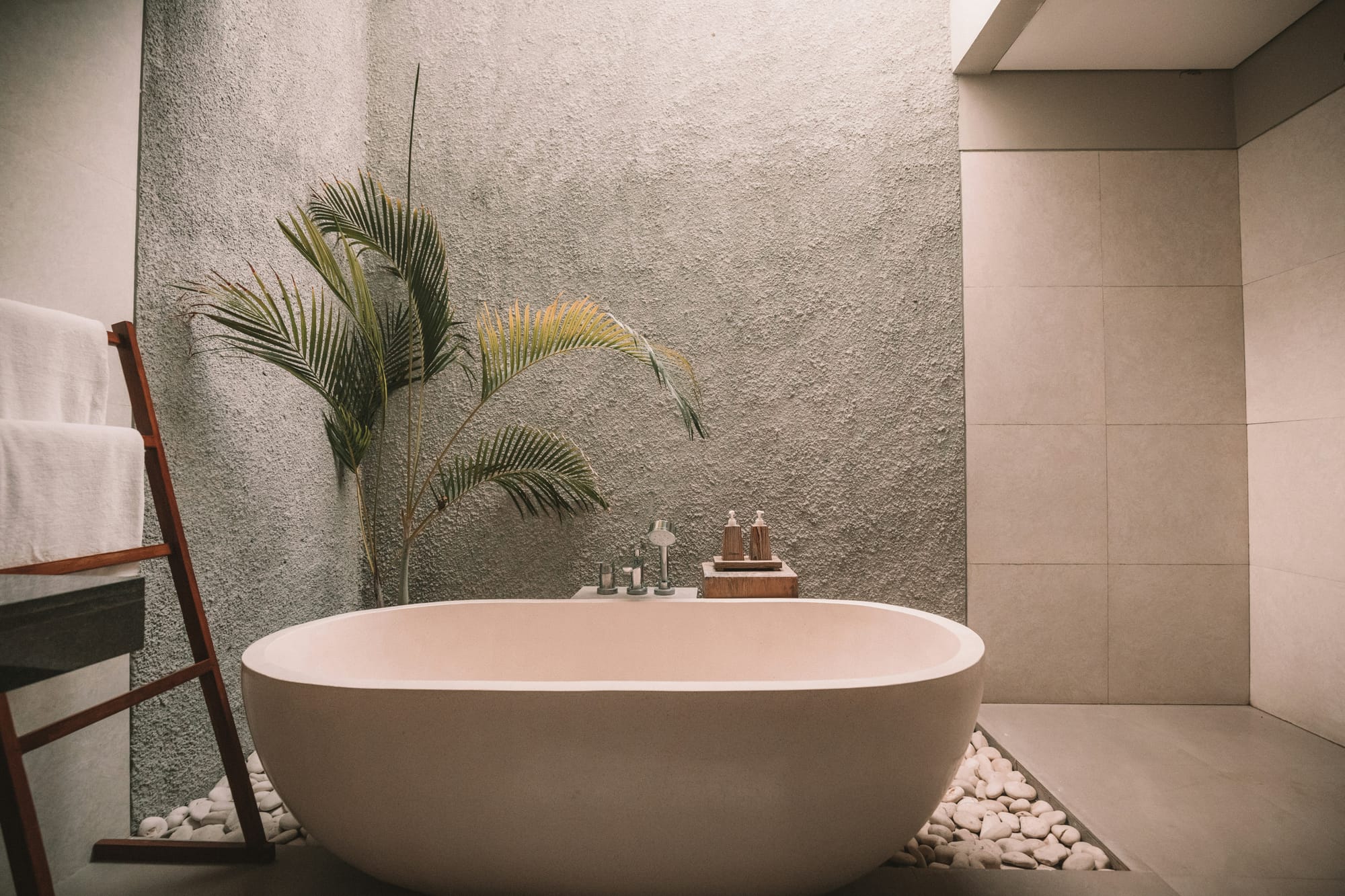
Incorporating Minimalism into Your Space
Adopting minimal interior design doesn't require a complete overhaul; it's about making thoughtful choices and gradual changes.
- Declutter Ruthlessly: Begin by removing items that no longer serve a purpose or bring joy. This creates immediate visual space and sets the foundation for minimalism.
- Choose Functional Furniture: Opt for pieces that are both practical and aesthetically pleasing. Multi-functional furniture can maximize utility while maintaining a clean look.
- Embrace Neutral Palettes: Utilize shades of white, gray, and beige to create a calming backdrop. Accents can be added through textures and subtle color variations.
- Let in Natural Light: Maximize windows and use sheer curtains to allow sunlight to fill the space. Mirrors can also reflect light and make rooms appear larger.
- Add Personal Touches Sparingly: Display a few cherished items or artworks to inject personality without cluttering the environment.
"Start small," advises Lisa Chen. "You don't have to empty your entire house overnight. Begin with one room or even a corner, and notice how it transforms your experience of the space."

Minimal interiors offer a refuge from the chaos of everyday life. By embracing simplicity and purpose, we create spaces that not only look harmonious but also nurture our well-being. As the minimalist movement continues to inspire, it invites us to consider what truly enhances our lives and to make room for it—both physically and mentally.

